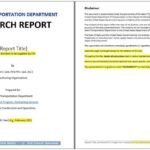research paper hooks

Unlocking Curiosity: The Art of Crafting Hooks in Research Papers
In the realm of academia, where facts and figures reign supreme, the challenge of engaging readers can often feel daunting. A well-structured research paper is more than just a collection of findings; it’s a conversation between the author and the audience, a bridge connecting curiosity with understanding. At the heart of this dialogue lies the research paper hook—a tantalizing excerpt designed to ensnare attention and ignite interest right from the very first sentence. Whether employed as a thought-provoking question, a startling statistic, or an evocative anecdote, a powerful hook can set the tone for the entire paper and invite readers to delve deeper into your analysis. In this article, we will explore the various types of hooks that can elevate your research, transforming dense academic prose into an engaging narrative that captivates and informs. Join us as we unravel the secrets behind this essential literary technique, ensuring your work not only reaches minds but also resonates within them.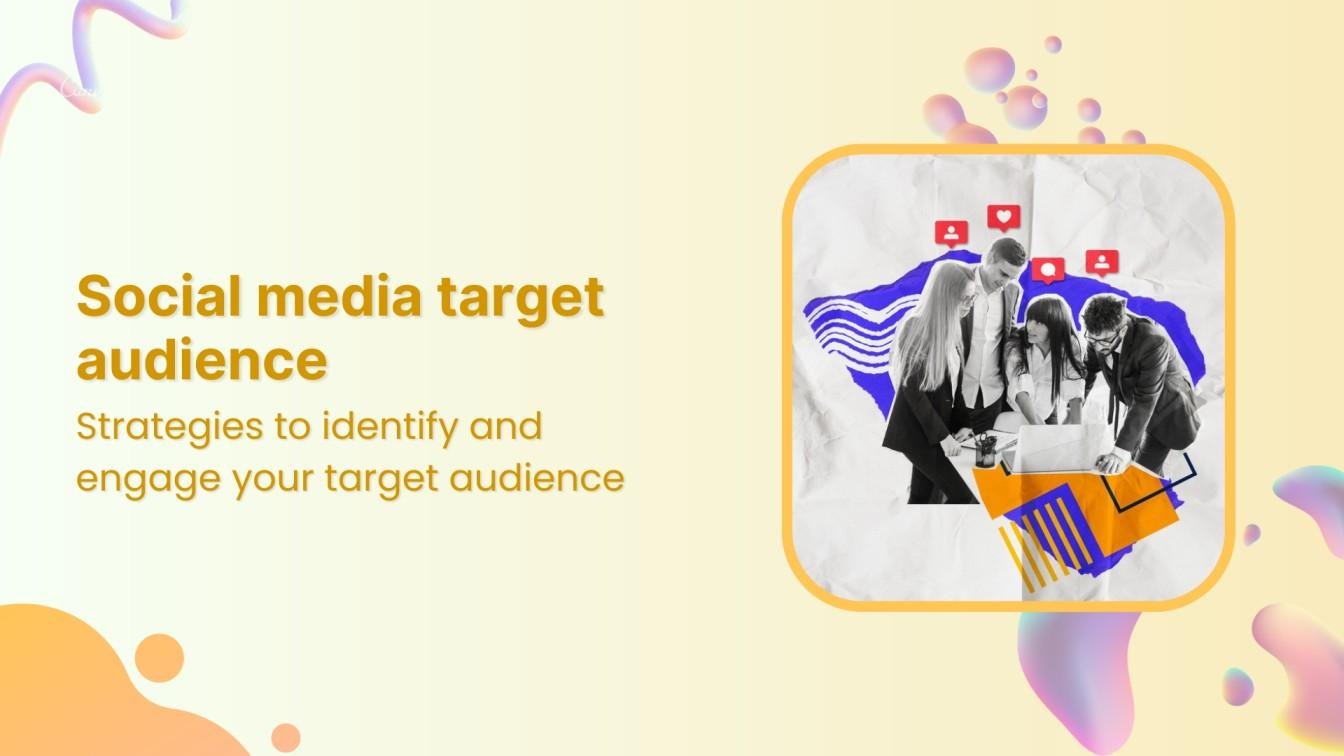
Crafting the Perfect Opening: Strategies for Engaging Your Audience
To captivate your audience from the first sentence, consider employing provocative questions as a strategy. Starting with a thought-provoking inquiry encourages readers to reflect on their own experiences and sets a conversational tone that fosters engagement. For instance:
- “What if you could change the world with just a pen and paper?”
- “Have you ever wondered why certain ideas shape our society more than others?”
- “Is the pursuit of knowledge truly limitless, or are we bound by the confines of our own understanding?”
Another effective method is to utilize anecdotes or surprising statistics that provide a glimpse into the subject matter. This technique not only clarifies your topic but also invites the readers to delve deeper into the narrative you are presenting. For example, you might include:
| Statistic | Impact |
| 80% of students struggle with initiating their research | Highlighting the need for effective hooks |
| People remember only 10% of what they read | The power of a gripping introduction |
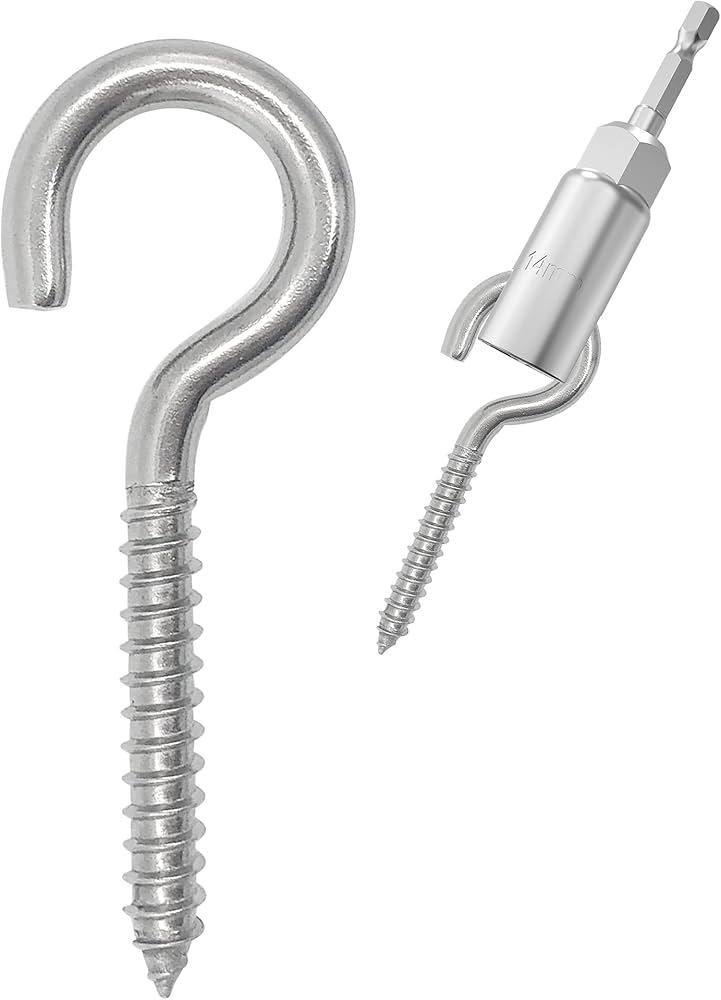
Exploring Different Types of Hooks: Choosing the Right Approach for Your Topic
When crafting the opening of a research paper, the hook plays a pivotal role in captivating the reader’s attention. Different types of hooks can serve unique purposes depending on the subject matter and the intended audience. Here are a few popular options to consider:
- Question Hook: Pose a thought-provoking question that urges readers to ponder the topic.
- Statistic Hook: Present a surprising statistic that highlights the significance of the issue at hand.
- Quote Hook: Use a compelling quote from a respected figure to lend authority to your argument.
- Fact Hook: Share an intriguing fact that may be unfamiliar to your audience.
- Story Hook: Start with a brief anecdote that relates directly to your topic, creating an emotional connection.
Selecting the right type of hook depends on the context and purpose of your paper. Each style can evoke different responses, so understanding your audience is essential. A concise overview of each approach can help clarify your choice:
| Hook Type | Purpose |
|---|---|
| Question Hook | Engages curiosity and prompts critical thinking. |
| Statistic Hook | Establishes credibility and underscores relevance. |
| Quote Hook | Connects ideas and inspires trust through authority. |
| Fact Hook | Sparks interest with new knowledge. |
| Story Hook | Builds an emotional bridge that invites empathy. |
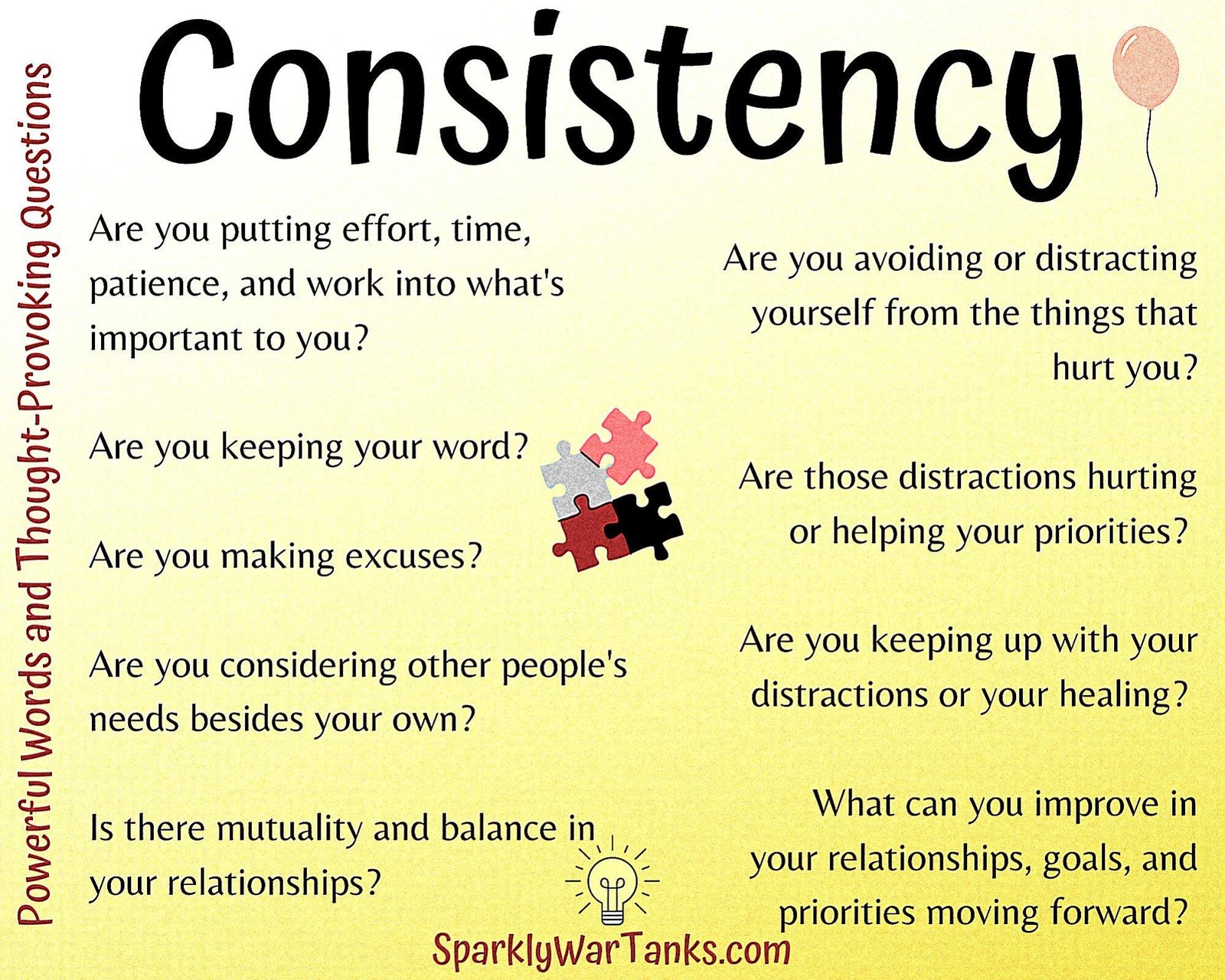
The Art of the Question: How Provocative Queries Can Draw Readers In
In the realm of engaging writing, the right question can serve as a powerful magnet for curiosity. Provocative queries not only pique interest but also guide the reader’s mental path, prompting them to delve deeper into the subject matter. Consider these aspects when crafting your questions:
- Intrigue: Pose questions that challenge existing beliefs or assumptions.
- Relevance: Ensure the questions resonate with the reader’s interests and experiences.
- Complexity: Utilize multi-layered questions that require thoughtful reflection.
Moreover, the effectiveness of a well-placed question can transform your introduction into an immersive experience. When framing such inquiries, think about their placement within your paper. Below is a simple representation of how different types of questions can enhance different sections of your work:
| Section | Type of Question | Purpose |
|---|---|---|
| Introduction | Rhetorical | Engage and stimulate curiosity |
| Body | Analytical | Encourage critical thinking |
| Conclusion | Reflective | Prompt future consideration |
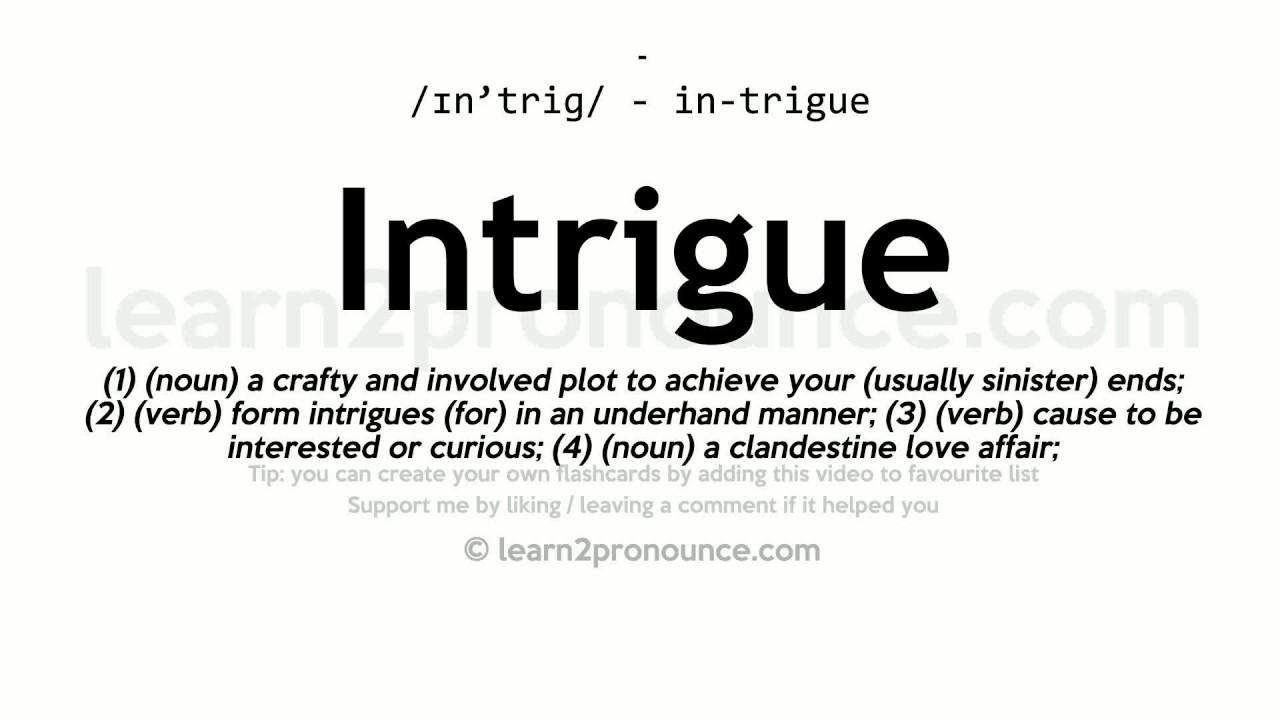
Balancing Intrigue and Clarity: Ensuring Your Hook Sets the Right Tone
Creating a compelling hook for your research paper is about striking the right balance between intrigue and clarity. An effective hook should captivate your audience’s attention while providing a clear indication of the paper’s focus. Consider using thought-provoking questions, startling statistics, or compelling anecdotes that are relevant to your topic. These elements not only draw readers in but also lay a strong foundation for the arguments and insights that will follow. Remember, the goal is not just to engage your audience but to ensure they understand what to expect as they continue reading.
To achieve this balance, you might want to explore various strategies when crafting your hook. Here’s a quick overview of some approaches:
| Strategy | Description |
|---|---|
| Question | Pose an engaging question that provokes thought and reflection. |
| Statistic | Present a surprising statistic that highlights the significance of your topic. |
| Anecdote | Share a brief, relevant story that connects to your research. |
| Quote | Use a striking quote from a well-known figure to set the tone. |
By exploring these strategies, you will not only enhance the engagement of your opening lines but also ensure that your readers grasp the essence of your research. Consider what resonates best with your intended audience and aligns with the overall message of your paper. When you harmonize intrigue with clarity, your hook will resonate powerfully, inviting readers into a world of exploration and understanding.
Key Takeaways
In the ever-evolving landscape of academic writing, the power of a well-crafted hook cannot be overstated. It serves as the compass that guides readers into the depths of your argument, sparking curiosity and setting the tone for the journey ahead. Whether you choose an intriguing statistic, a thought-provoking question, or a vivid anecdote, the right hook can transform your research paper from a mere collection of facts into a captivating narrative. As you embark on your writing endeavors, remember that the first impression is often the most lasting. So, take a moment to reflect on how you can engage your audience right from the start—because a compelling hook is not just an accessory; it’s the foundation upon which your ideas will flourish. Embrace the challenge, and let your words draw readers in, inviting them to explore the world you’ve meticulously crafted. Happy writing!

